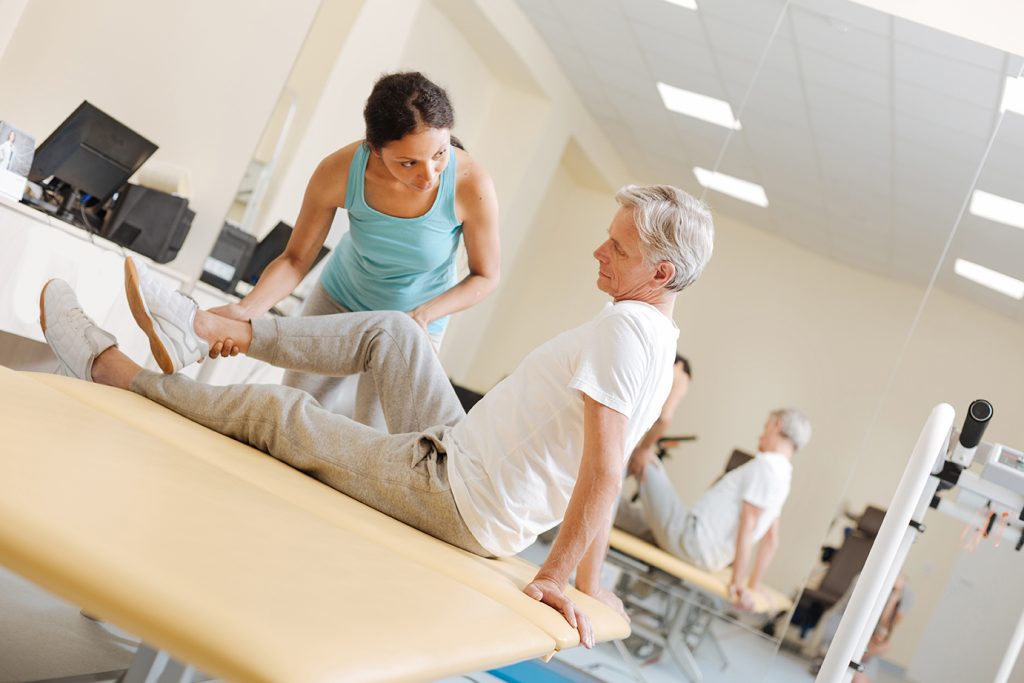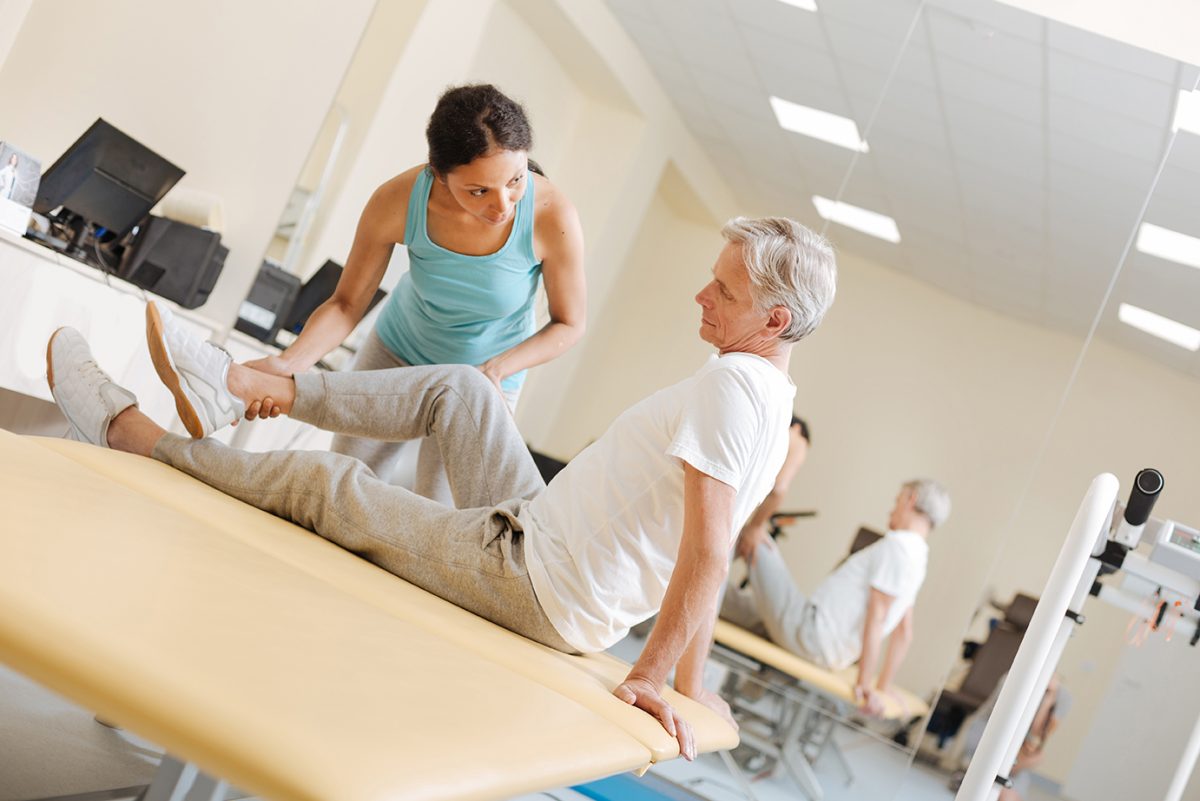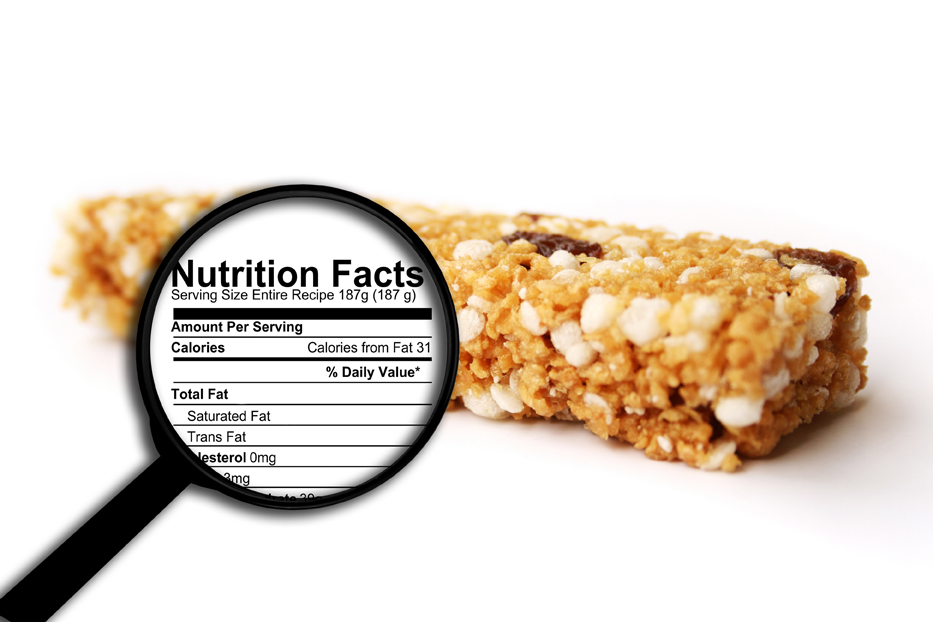What’s the Difference Between Corrective Exercise and Physical Therapy?
Both physical therapists and corrective exercise specialists help clients alleviate muscle/joint pain and improve their movement capabilities. However, the manner in which these professionals enter a client’s health and fitness journey is very different, and the procedures employed when working with clients are often dissimilar. Physical therapists are licensed health care professionals whose services are typically used by clients to treat a medical diagnosis, physical trauma, or specific injury (e.g., Achilles tendinitis, plantar fasciitis, rotator cuff tear, post-surgery rehabilitation, etc.). Physical therapy is also prescribed as an alternative means to orthopedic surgery, with therapists teaching patients how to prevent or manage their medical condition(s), often lessening the need for prescription drugs and painkillers.(1)
The job of a corrective exercise specialist is quite different. These types of professionals do not (and should never) diagnose and/or treat a medical condition. Instead, their specialty skills consist of assessing and evaluating a client’s musculoskeletal system for soft tissue and movement restrictions, imbalances, habitual patterns, and muscle dysfunction that may affect that person’s ability to move well, exercise effectively and/or perform daily activities (e.g., restriction of the lumbar erector muscles accompanying an anterior pelvic tilt, prolonged seated postures promoting excessive thoracic kyphosis, etc.). This specialized knowledge regarding the musculoskeletal system helps corrective exercise specialists design and implement corrective exercise programs to assist clients in beginning, resuming and/or continuing a fitness program without experiencing muscle and joint pain or movement limitations. (6) When a client’s musculoskeletal issues are not able to be addressed solely with appropriate exercises, or fall beyond a corrective exercise specialist trainer’s scope of practice, the client is referred out to medical experts for treatment.

Corrective Exercise Specialists are Not Physical Therapists
As a corrective exercise fitness professional, it is important that you clarify your role with clients from the outset with regard to assisting them with their musculoskeletal health and not step beyond your professional bounds. In addition to laws dictating that any professional must remain within their bounds of experience, education, training, and demonstrated competencies, confusing your role with that of a physical therapist, and working outside your scope of practice, can harm your standing with clients and reputation within the fitness industry. (5) Aside from it being a requirement, the primary benefit of working within your boundaries as a corrective exercise fitness professional is that it enables you to practice, perfect and promote the unique talents you have with regard to evaluating the musculoskeletal system for imbalances, and assessing and correcting a client’s movements during physical exercise and activities.
Increased Referrals as a Corrective Exercise Specialist
Doctors, physical therapists and other licensed health practitioners are always looking for qualified fitness professionals to whom they can refer patients that need guidance with exercise.(3) According to recent research, two out of the top three reasons patients visit their doctor is for assistance with conditions that could be greatly improved by participation in a program of regular exercise.(4) Unfortunately, these medical professionals are often reluctant to refer patients with musculoskeletal conditions out of a concern that their clients’ problems might be made worse by an unskillful personal trainer. However, when you have specialty qualifications and knowledge in musculoskeletal assessment and corrective exercise, and work within your scope of practice, medical professionals will feel confident in your abilities, which provides an opportunity for you to build strong networking and referral relationships with them.(2)
As you begin incorporating corrective exercise procedures more regularly into client programs, it is highly recommended that you obtain a Corrective Exercise Specialist (CES) credential from a recognized and approved provider. This will advance your skills and can also result in more referrals from medical professionals. As your business network grows, you will also find that holding a reputable CES qualification makes it easier to refer clients to other specialists when their condition lies beyond your scope of practice.

The Future of Fitness
Fitness professionals qualified as corrective exercise specialists know how musculoskeletal malalignments and imbalances of any kind can create pain, injury, and dysfunction throughout the body. They also know how to use the results of individual consultations and assessments to pinpoint clients’ exercise needs so they can start or return to a regular fitness program successfully. In short, knowledgeable and qualified corrective exercise specialists have the skills to competently meet clients’ musculoskeletal restoration needs, and represent perfectly the fitness professional of the future.
MedFit Network (MFN) members receive 20% off The BioMechanics Method Corrective Exercise Specialist certification. Members can get their discount coupon here.
Justin Price is one of the world’s foremost experts in musculoskeletal assessment and corrective exercise and creator of The BioMechanics Method Corrective Exercise Specialist certification (TBMM-CES). The BioMechanics Method is the fitness industry’s highest-rated CES credential with trained professionals in over 70 countries. Justin is also the author of several books including The BioMechanics Method for Corrective Exercise academic textbook, a former IDEA Personal Trainer of the Year, and a subject matter expert for The American Council on Exercise, Human Kinetics, PTA Global, PTontheNET, TRX, BOSU, Arthritis Today, BBC, Discovery Health, Los Angeles Times, Men’s Health, MSNBC, New York Times, Newsweek, Time, Wall Street Journal, WebMD and Tennis Magazine.
References
- American Physical Therapy Association. (2018). Who are physical therapists. Retrieved from: http://www.apta.org/AboutPTs/
- Bryant, C.X., & Green, D.J. (2010). ACE personal trainer manual: The ultimate resource for fitness professionals (4th ed.). San Diego, CA: American Council on Exercise.
- DiNubile, N.A., & Patrick, W. Patrick. (2005). FrameWork: Your 7-step program for healthy muscles, bones, and joints. New York: Rodale.
- Huffington Post. (2013). Most common reasons for seeing a doctor revealed in new study. Retrieved from: https://www.huffingtonpost.com/2013/01/17/common-reasons-see-a-doctor-skin-disease_n_2497424.html
- Howley, E.T., & Thompson, D.L. (2016). Fitness professional’s handbook (7th ed.). Champaign, IL: Human Kinetics.
- Price, J. (2018). The BioMechanics method for corrective exercise. Champaign, IL: Human Kinetics.

















